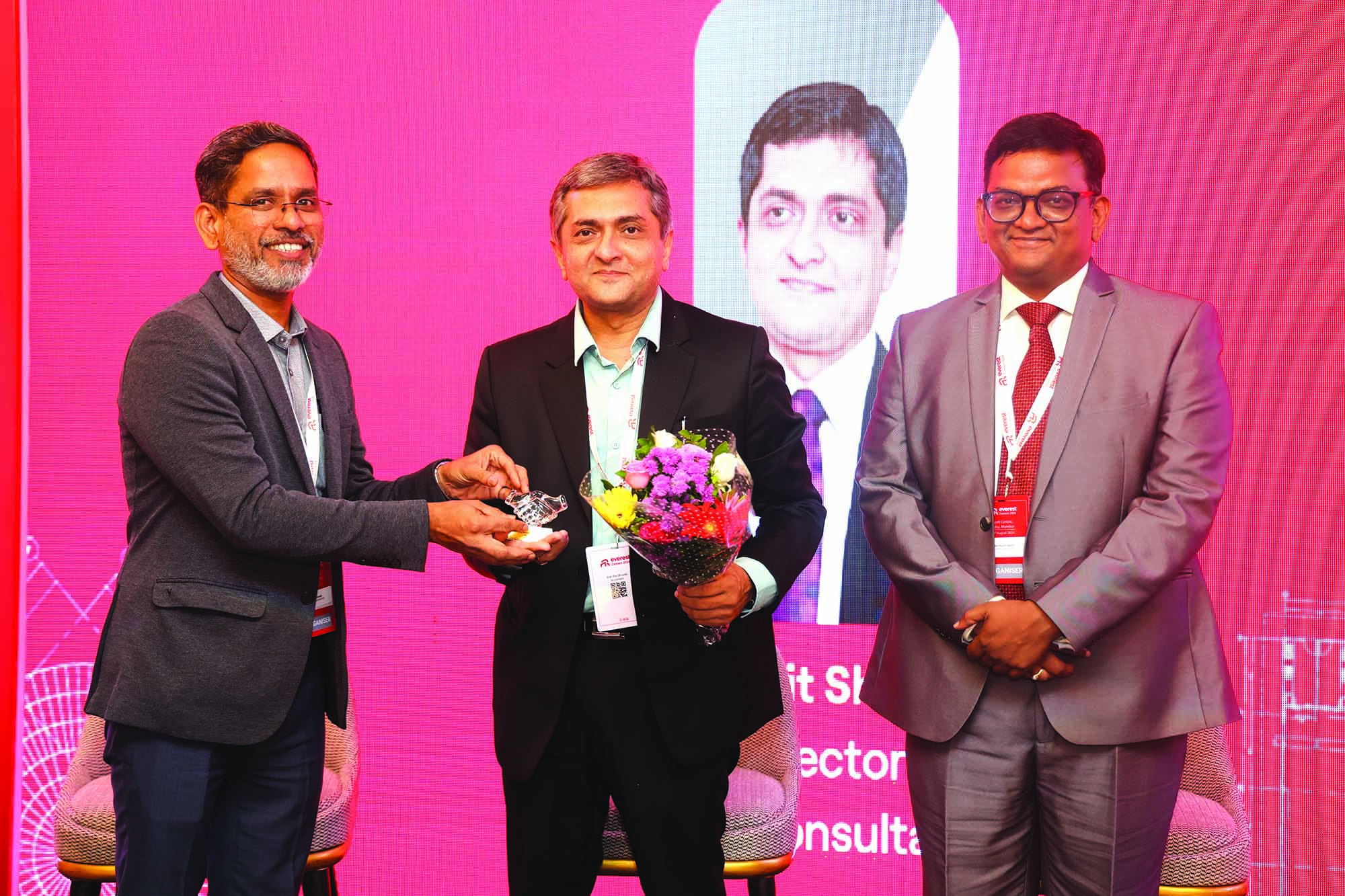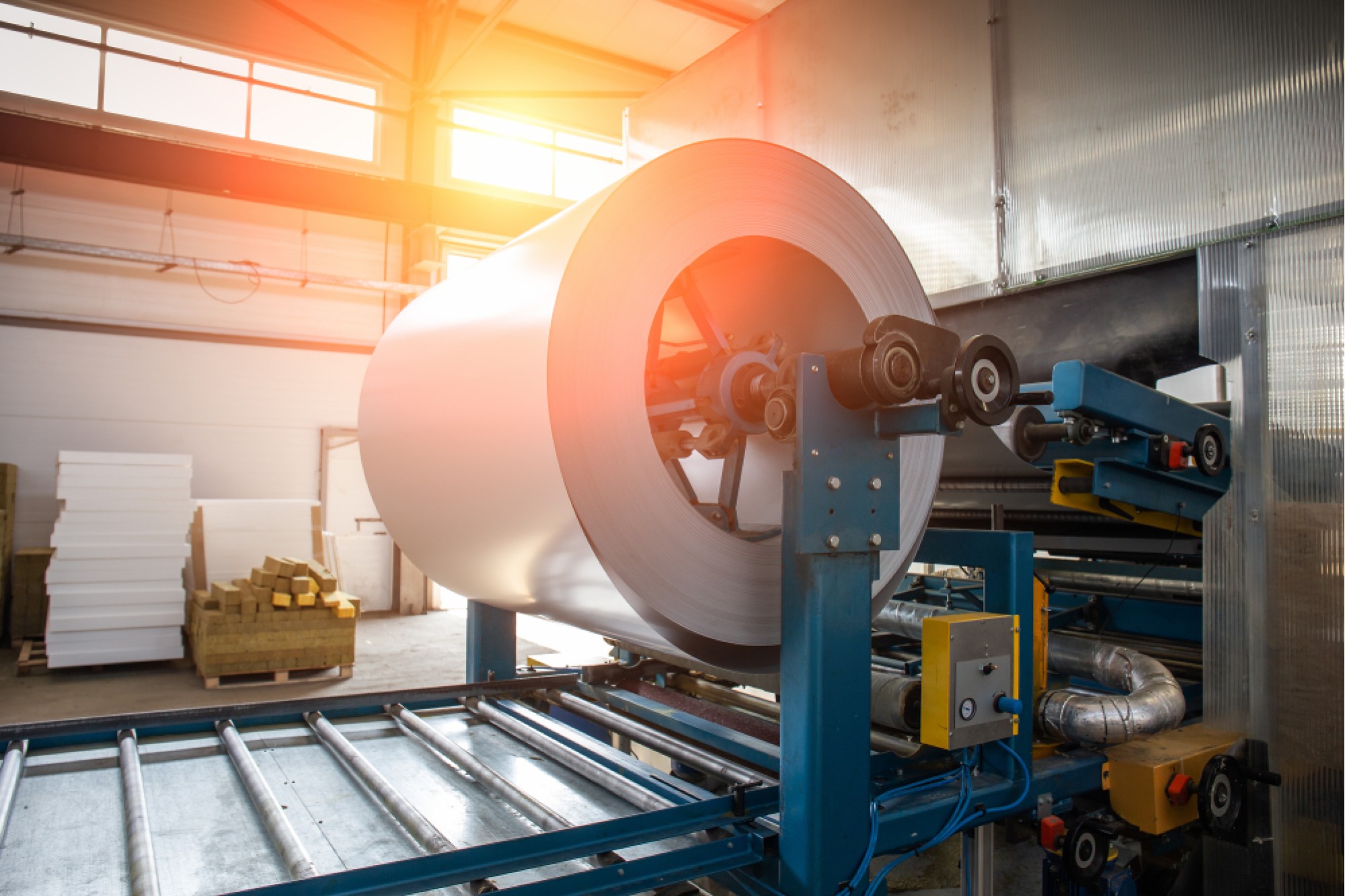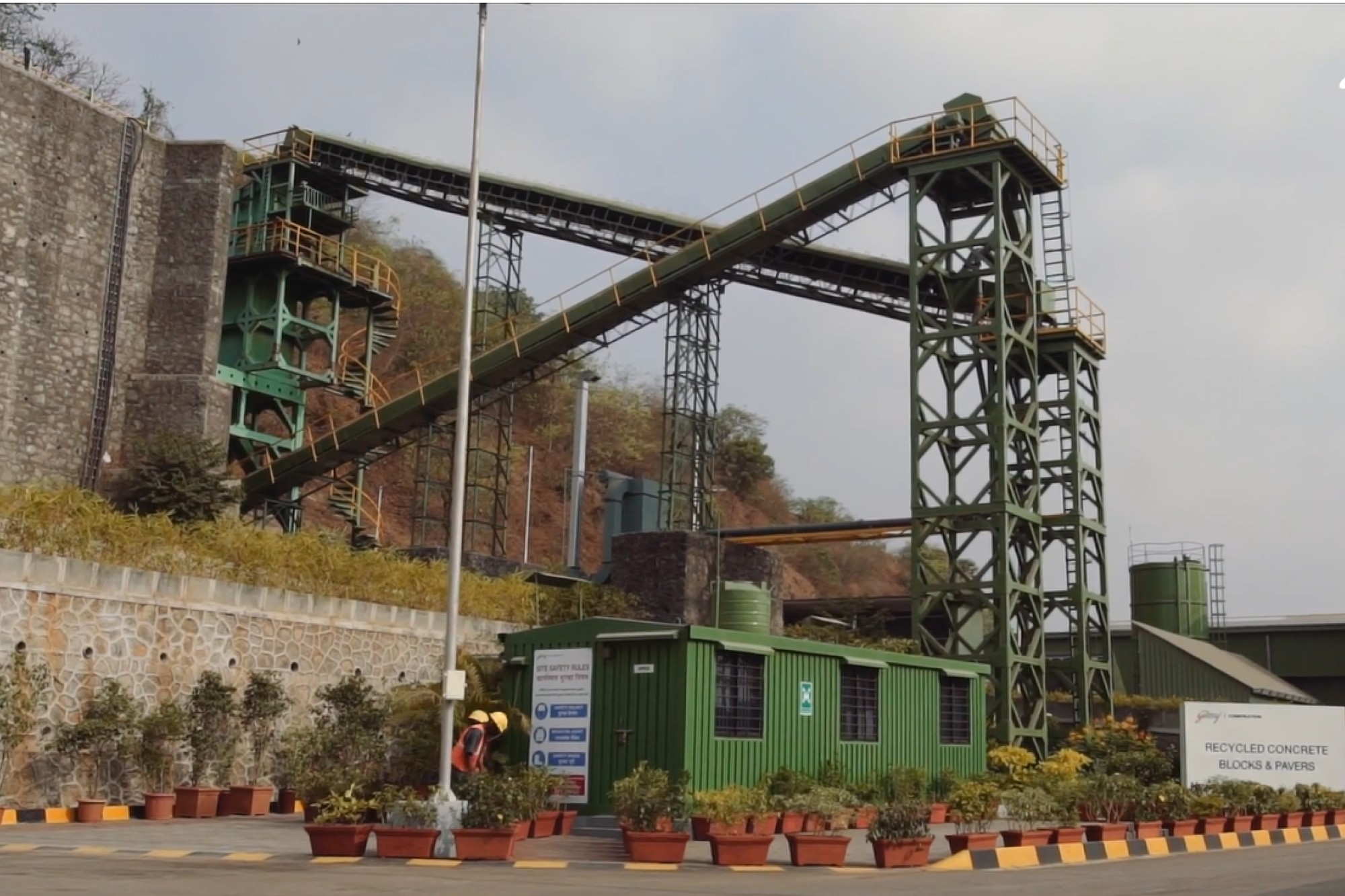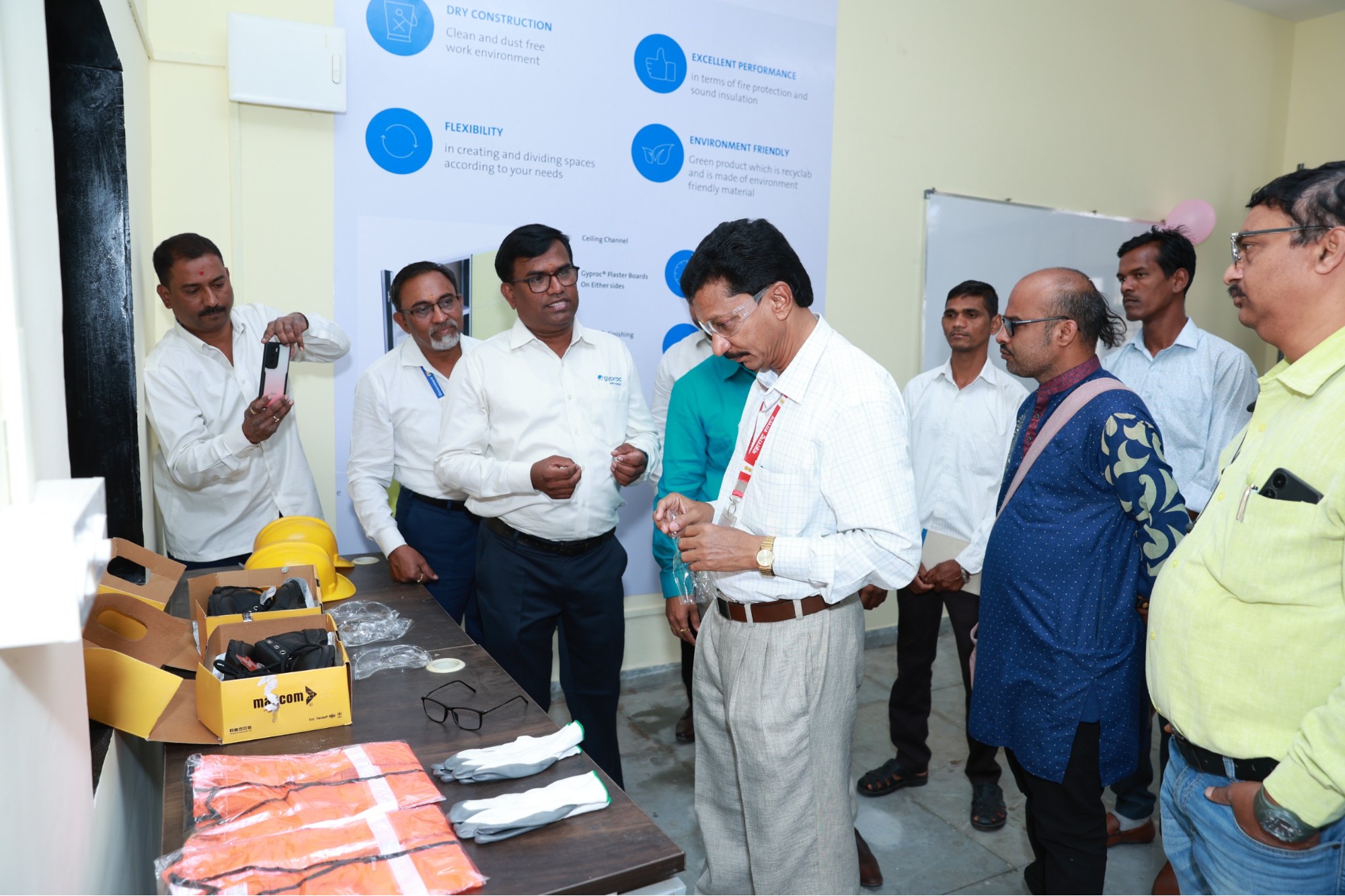Everest Connect addresses design challenges and new trends in PEB systems
By Staff Report | October 7, 2024 2:38 pm SHARE

Focusing on architectural innovations, seismic design considerations, and the incorporation of cutting-edge materials and technologies, the Everest Connect event highlighted the dynamic nature of the PEB industry and laid the groundwork for future advances in the Construction industry.
The Everest Connect event, a premier gathering of industry experts in the Pre-Engineered Building (PEB) sector, was held on 30 August 2024 at the Hyatt Centric Juhu Mumbai. This distinguished event brought together construction industry specialists to discuss the latest achievements and ongoing difficulties in PEB technology.
The event began with a welcome address from the Business Head, Sricharan Vulchi, who established the tone for collaboration. The discourse emphasised the significance of this event in discovering PEB breakthroughs and addressing sector concerns. He also used the opportunity to recognise the distinguished panellists for their important roles in shaping the future of PEB systems.
Furthermore, Sudhir Shinde, National Sales Head – ESBS at Everest Industries, provided an in-depth overview of Everest’s involvement in the building sector. His presentation, which included the ESBS Corporate Deck, gave a detailed overview of Everest’s business units (BUs), presenting ESBS’s essential role in the firm. He also featured the ESBS Pan India Presence video, demonstrating Everest’s broad reach and substantial influence nationwide.
The event’s centrepiece was an intriguing panel discussion on crucial PEB system issues. Industry experts discussed architectural developments, seismic design challenges, and integrating new materials and technologies. The speakers discussed ways to balance creativity and practicality, optimise design solutions, and navigate changing industry requirements.
Rajesh Ukey, Director of Karmaa SR Consultants Pvt. Ltd.; Jayaramalingam G, VP-Civil & Structural at Reliance Industries Ltd.; Dr S. R. Satish Kumar, Professor of Structural Engineering at IIT Madras; Amit Shah, Director of DCS Consultants; and Prashant Deshmukh, Principal Architect at Prashant Deshmukh & Associates were among the notable speakers. This conversation provided a comprehensive look at current trends and future directions for PEB technology, highlighting the industry’s dynamic character.
Architectural advances and industry trends
The discussions focused on key architectural improvements that will shape PEB’s future. Trends like novel designs and long spans are pushing the limits of design. The new airport near Panvel, Mumbai, which combines PEB technology with groundbreaking architectural characteristics, exemplifies PEB’s promise as a future construction approach.
Navigating pricing and package options
One of the challenges discussed was the complexity of pricing and package options for PEB solutions, which range from ₹6,000 to ₹13,000. The diversity of vendor solutions can be overwhelming, making it essential to establish clear and explicit requirements from the outset to obtain accurate proposals. To avoid such confusion, it’s crucial to have an architect or structural engineer involved from the project’s inception. This professional guidance helps in making informed decisions and preventing misinformation. The balance between creativity and practical infrastructure support was emphasised, and PEB systems help to achieve this balance by guaranteeing quality control during manufacturing.
Seismic design and contracting issues
Despite advancements in seismic design rules, vulnerabilities remain, especially in less seismically active places. The necessity of understanding Section 12 guidelines, originally designed for steel constructions, was noted, as these may only partially apply to PEB buildings. The competitive bidding process often results in diverse and sometimes conflicting proposals, underscoring the need for clear and detailed specifications to avoid misunderstandings. The choice between lump-sum and open-ended contracts was highlighted as influencing design optimisation and accuracy.

Training and communication
Preparing marketing engineers to comprehend architectural and technological requirements was emphasised. Educating marketing personnel on engineering and the fundamentals of structural components will aid in smoothly processing bids. Effective communication and collaboration with architects and engineers are essential for incorporating services like firefighting and air conditioning into designs. Timely project completion is critical for economic progress and fulfilling national goals, making good project management necessary.
Addressing erection and design software challenges
The discussion regarding design software and erection methods was hinted at. Current methods, such as STAAD, may not adequately address buckling and stability issues, potentially leading to structural failures. To avoid operational concerns, erection challenges such as manual compliance and crane vibrations must be carefully managed. Technological advances since 1999-2000 have improved production and assembly, but obstacles remain in improving fire safety, moving to green steel, and implementing new materials and sustainable processes.
The role of modern technology
Modern construction techniques are transforming the industry. Robotic fabrication and AI-driven cranes improve quality control and efficiency, resulting in speedier project completion. Green building methods, such as using sustainable materials and solar panels, are critical for gaining green certifications and improving environmental effects. Standardisation and training are critical for ensuring uniformity and efficiency in construction.
As the sector shifts to a volume-based market with strong growth prospects, dependable and timely project completion is critical. Meeting deadlines is increasingly critical in capitalising on new opportunities and preserving a competitive advantage. The Everest Connect event provided an excellent venue for debating these crucial issues and promoting the future of PEB technology.
Following the discussion, the presentation of the TATA POWER project case study was a major feature of the event. This portion presented a detailed description of the project’s main highlights, problems, and outcomes. A one-minute video provided a visual summary of the project’s scope and accomplishments, demonstrating the practical application of PEB systems in a large-scale project and highlighting the inventive solutions implemented to overcome various problems.
Everest Connect 2024 successfully brought together industry leaders to discuss and explore the future of pre-engineered buildings. The event offered incisive lectures, engaging panel discussions, and real-world case studies to provide useful perspectives on expanding PEB technology and tackling industry concerns. The conversations underlined the industry’s changing landscape and emphasised the significance of innovation, cooperation, and good project management in creating the future of construction.
Cookie Consent
We use cookies to personalize your experience. By continuing to visit this website you agree to our Terms & Conditions, Privacy Policy and Cookie Policy.





















































